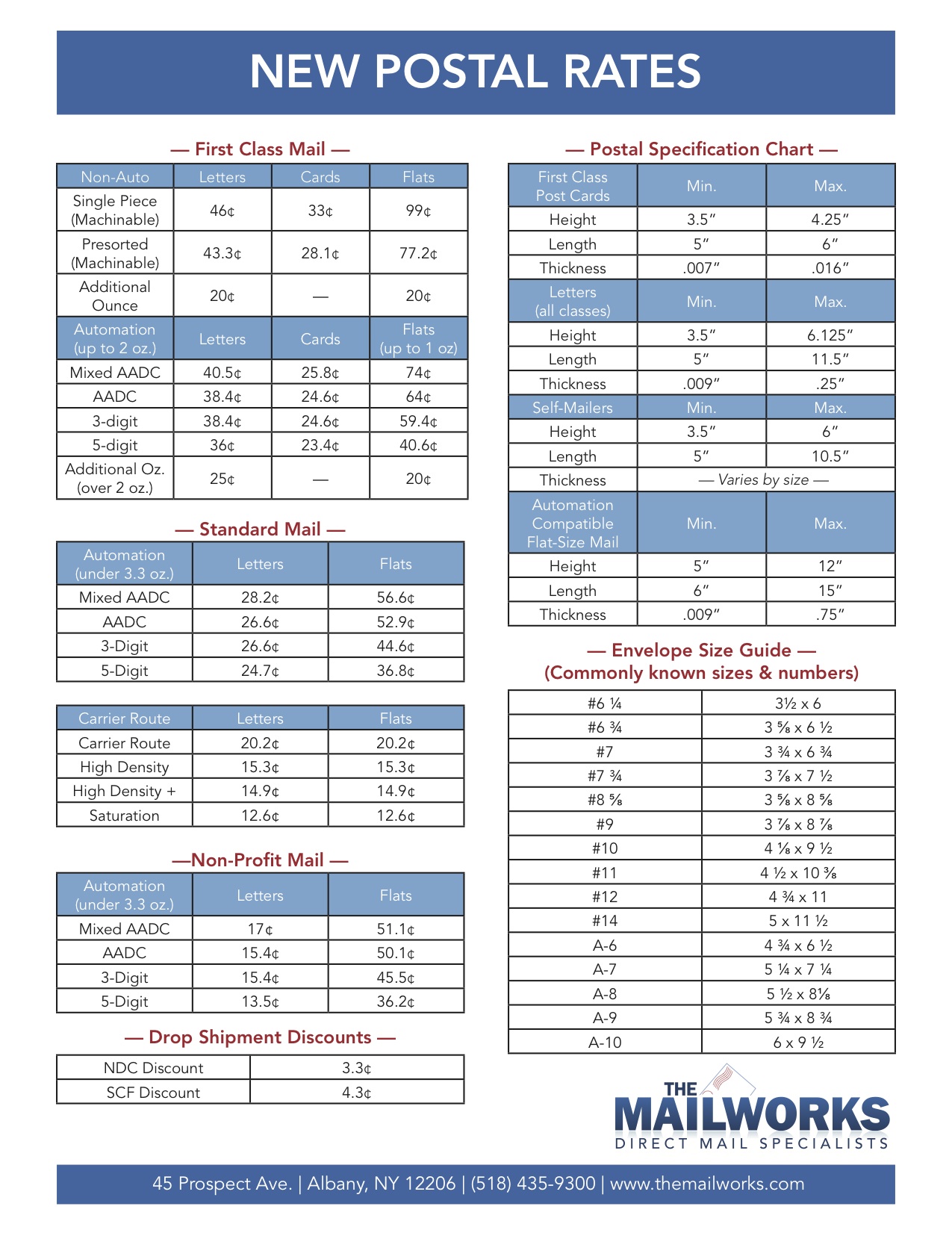First-Class Stamp Price Hike: £1.70 Blow To Consumers

Table of Contents
The Impact on Consumers
The increased cost of postage directly affects everyone. This first-class stamp price hike impacts personal and business budgets in several ways.
Increased Postage Costs
This price hike directly increases the cost of sending letters, parcels, and other postal items. This can significantly impact individuals' budgets, particularly those who regularly send mail.
- Increased cost of sending bills
- Higher expense for greeting cards and letters to loved ones
- More expensive job applications and important documents
- Increased costs for businesses sending invoices and marketing materials
The potential impact on low-income households is especially concerning. For those already struggling financially, the extra cost of postage, however small it may seem individually, can add up and create additional strain on their limited budgets. This could force difficult choices between essential needs and maintaining communication.
Shifting to Digital Communication
The price increase may accelerate the shift towards digital communication methods, such as email and online messaging platforms. While this offers benefits like cost savings and instant delivery, it also presents challenges.
- Benefits: reduced postage costs, instant delivery, environmentally friendly
- Drawbacks: digital divide (lack of access for some), security concerns, impersonal nature of digital communication
This shift could have significant implications for businesses who rely on physical mail for important communications, such as legal documents or contracts. The accessibility issue is also noteworthy; older generations or individuals without reliable internet access may find themselves disproportionately affected. Furthermore, the environmental impact of reduced physical mail needs consideration – is the shift truly a win-win?
Reasons Behind the First-Class Stamp Price Hike
Several factors contribute to this substantial first-class stamp price hike.
Rising Operational Costs
The Royal Mail attributes the increase to rising operational costs, impacting profitability and necessitating a price adjustment.
- Increased fuel prices for transportation and delivery networks
- Higher wages and employee benefits
- Maintenance and upgrades to the vast distribution network
- Increased costs for handling and processing mail
These escalating costs directly affect profit margins, forcing Royal Mail to adjust prices to maintain financial stability. Comparing the UK's increase to similar price hikes in other countries provides further context and reveals global trends in postal service costs.
Competition and Market Dynamics
The competitive landscape of the postal industry significantly influences Royal Mail's pricing strategies.
- Increased competition from private courier services
- Changing consumer habits and reduced reliance on traditional mail
- Economic factors impacting overall demand for postal services
The rise of private courier services, offering faster and sometimes cheaper alternatives for parcels and packages, puts pressure on Royal Mail's market share. Analyzing these market dynamics is crucial to understanding the long-term implications of this price hike and predicting potential future price changes.
Mitigating the Impact of the First-Class Stamp Price Hike
Several strategies can help individuals and businesses minimize the effects of the increased postage costs.
Strategies for Cost Reduction
Practical steps can lessen the financial burden of the first-class stamp price hike.
- Reduce the volume of physical mail sent.
- Utilize cheaper alternatives like second-class stamps where appropriate.
- Consolidate mailings to send fewer, larger packages.
- Embrace digital communication methods for non-essential correspondence.
- Utilize online bill payment systems and other digital alternatives to avoid physical mail.
By strategically adjusting mailing habits, significant savings can be achieved.
Advocating for Fair Pricing
Consumer advocacy is crucial in ensuring fair pricing practices.
- Contacting regulatory bodies to express concerns.
- Signing petitions and participating in public discourse.
- Engaging with consumer protection organizations to address this issue.
Active participation in voicing concerns about potentially excessive price increases can influence future pricing decisions and protect consumer interests.
Conclusion
The £1.70 increase in the first-class stamp price represents a considerable financial burden. Understanding the reasons behind this hike and implementing cost-reduction strategies is crucial. By embracing digital alternatives, consolidating mailings, and advocating for fair pricing, we can navigate this challenge more effectively. Stay informed about future developments concerning the first-class stamp price and explore ways to minimize your postal expenditure. Learn more about managing the impact of this first-class stamp price hike and find ways to reduce your postal spending.

Featured Posts
-
 Uncs Hard Fought Victory Over Notre Dame In Acc Tournament
May 19, 2025
Uncs Hard Fought Victory Over Notre Dame In Acc Tournament
May 19, 2025 -
 Poy Na Breite Ta Pio Fthina Kaysima Stin Kypro
May 19, 2025
Poy Na Breite Ta Pio Fthina Kaysima Stin Kypro
May 19, 2025 -
 Adios A Juan Aguilera Un Hito Del Tenis Mundial
May 19, 2025
Adios A Juan Aguilera Un Hito Del Tenis Mundial
May 19, 2025 -
 I Istoria Kai I Simasia Tis Teletis Toy Ieroy Niptiros Sta Ierosolyma
May 19, 2025
I Istoria Kai I Simasia Tis Teletis Toy Ieroy Niptiros Sta Ierosolyma
May 19, 2025 -
 Ufc 313 Livestream Watch Pereira Vs Ankalaev Fight Online
May 19, 2025
Ufc 313 Livestream Watch Pereira Vs Ankalaev Fight Online
May 19, 2025
